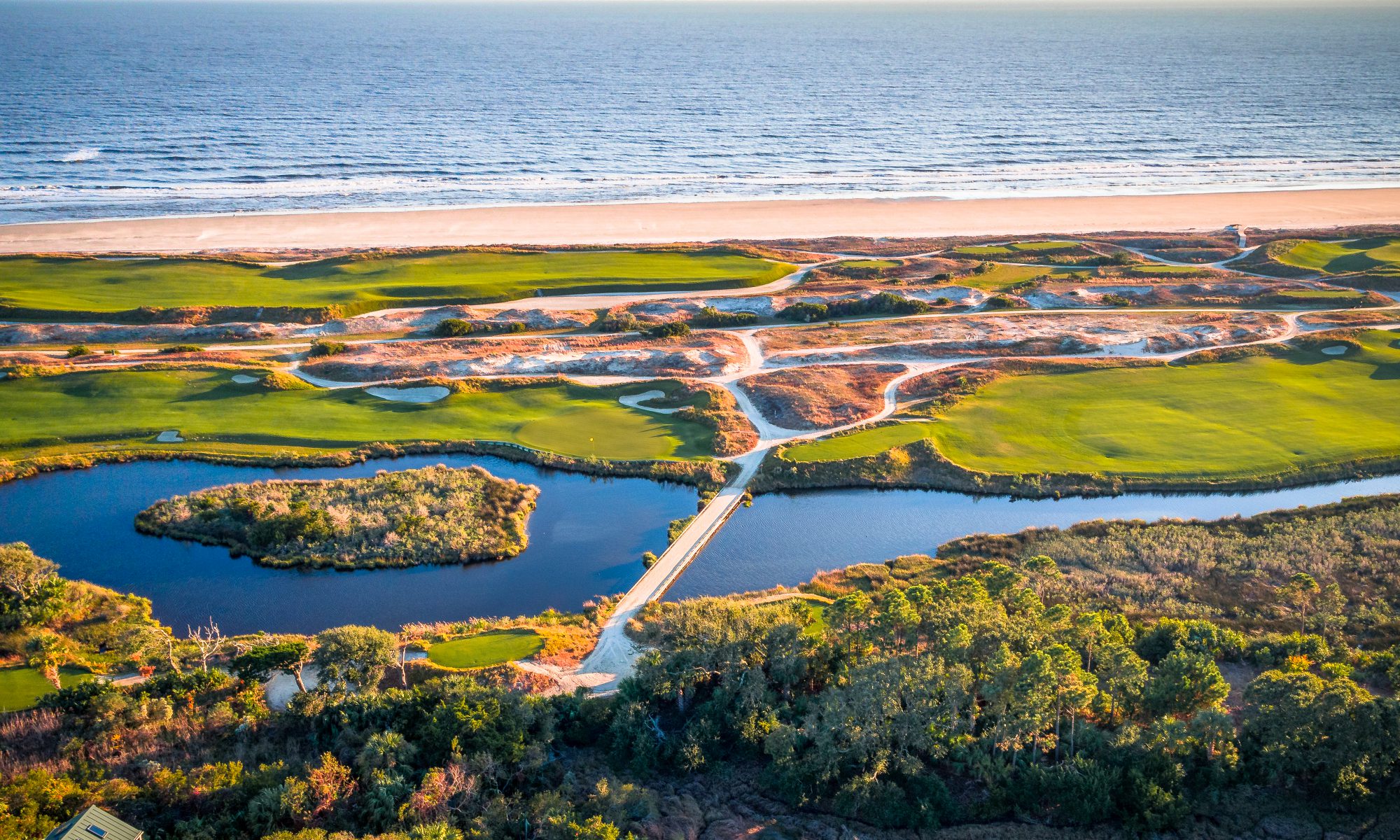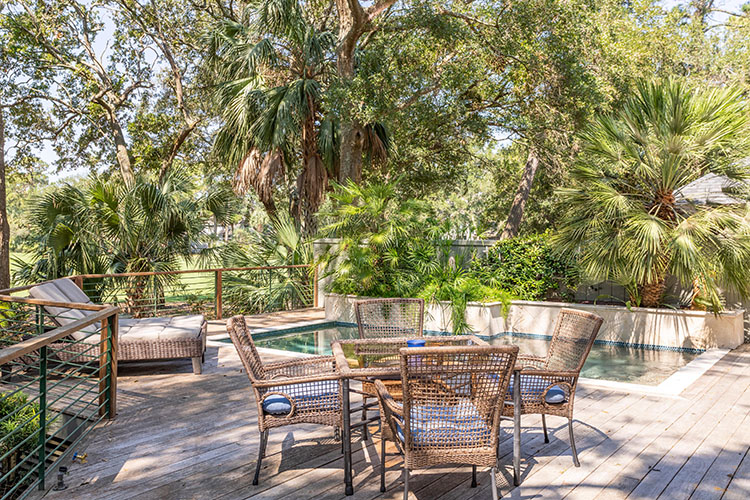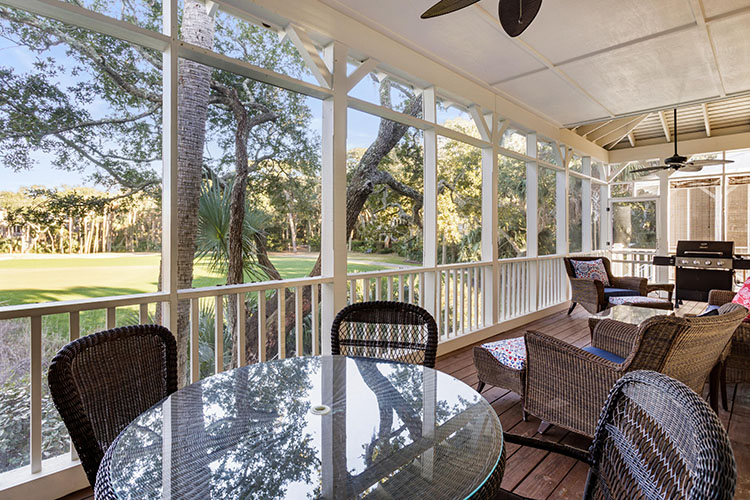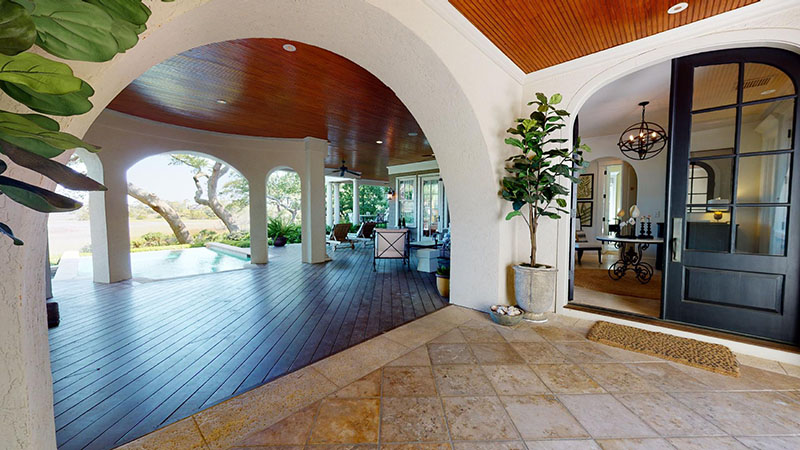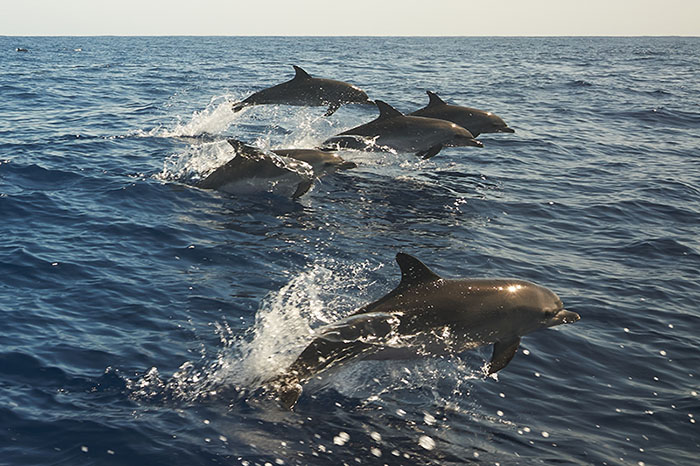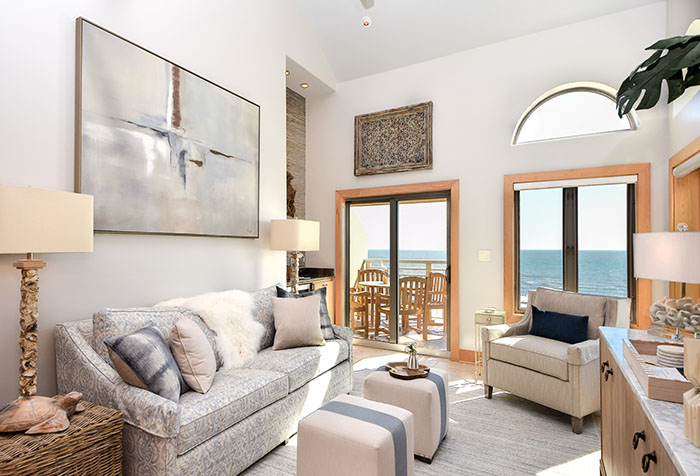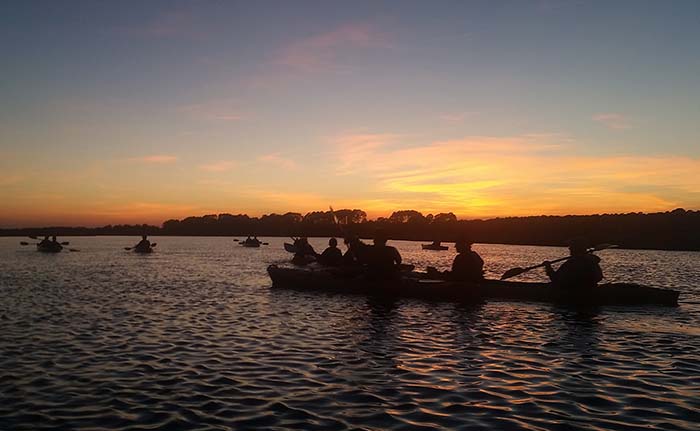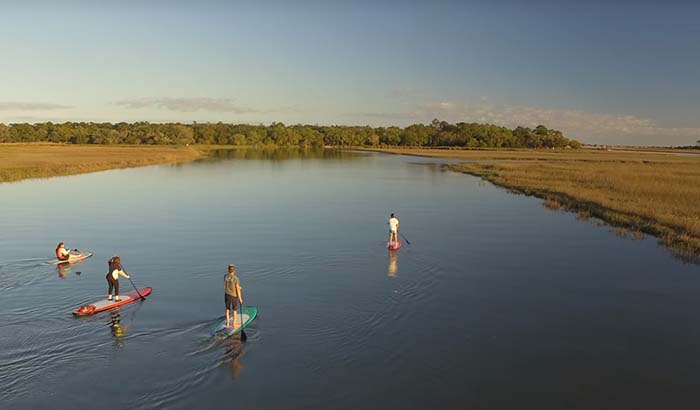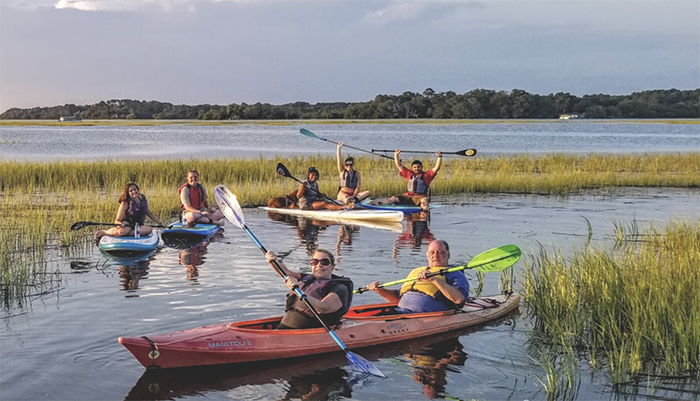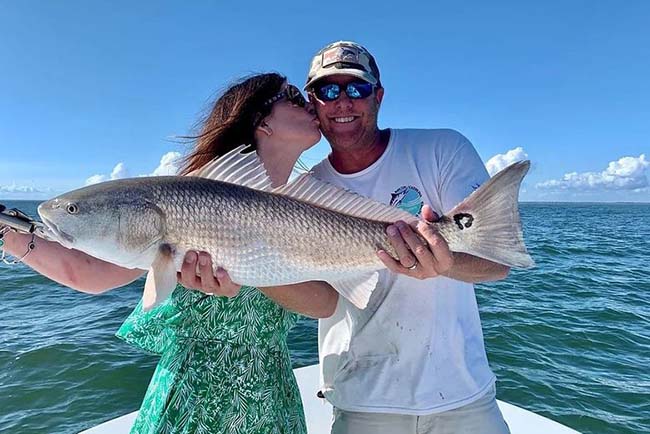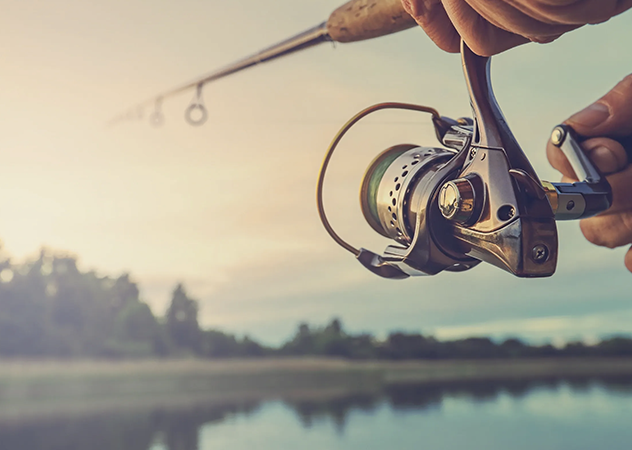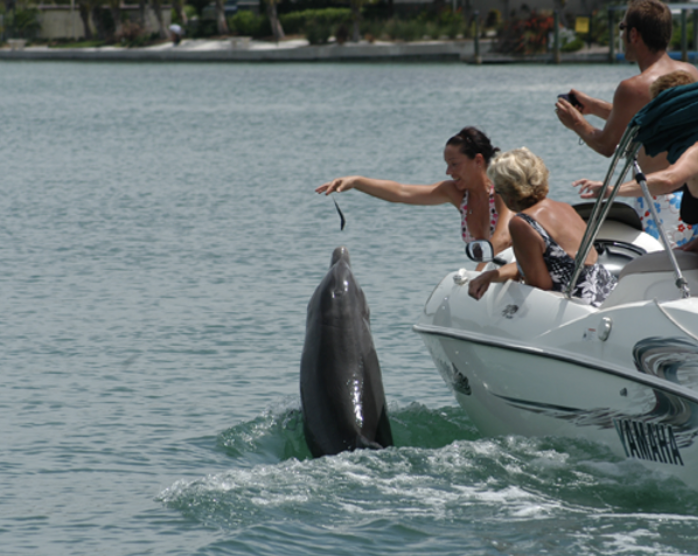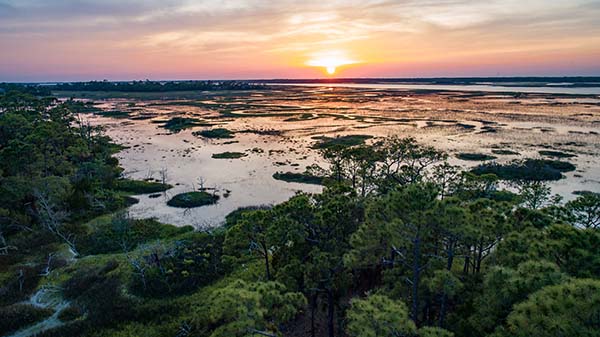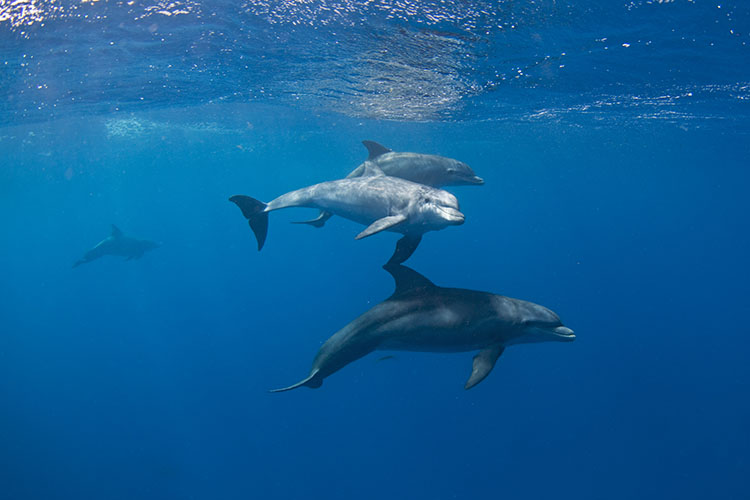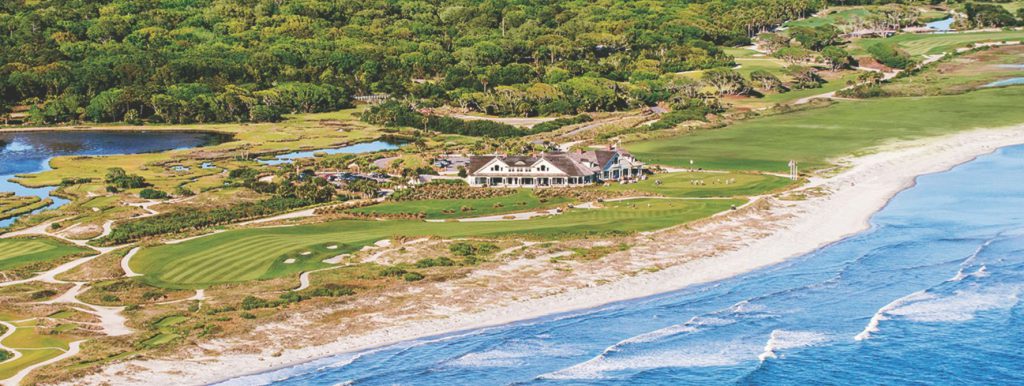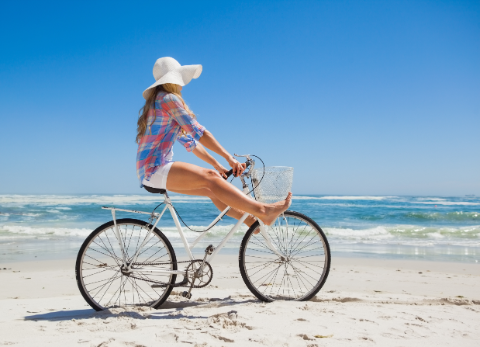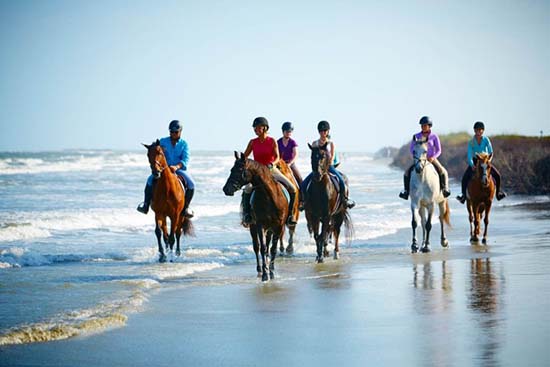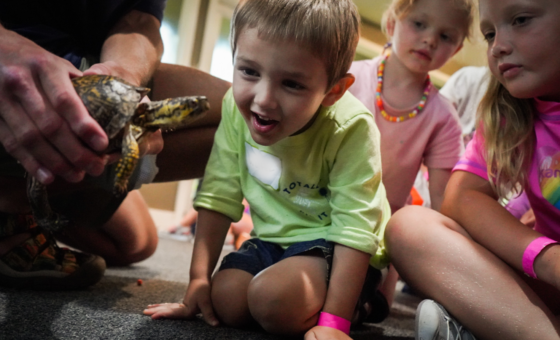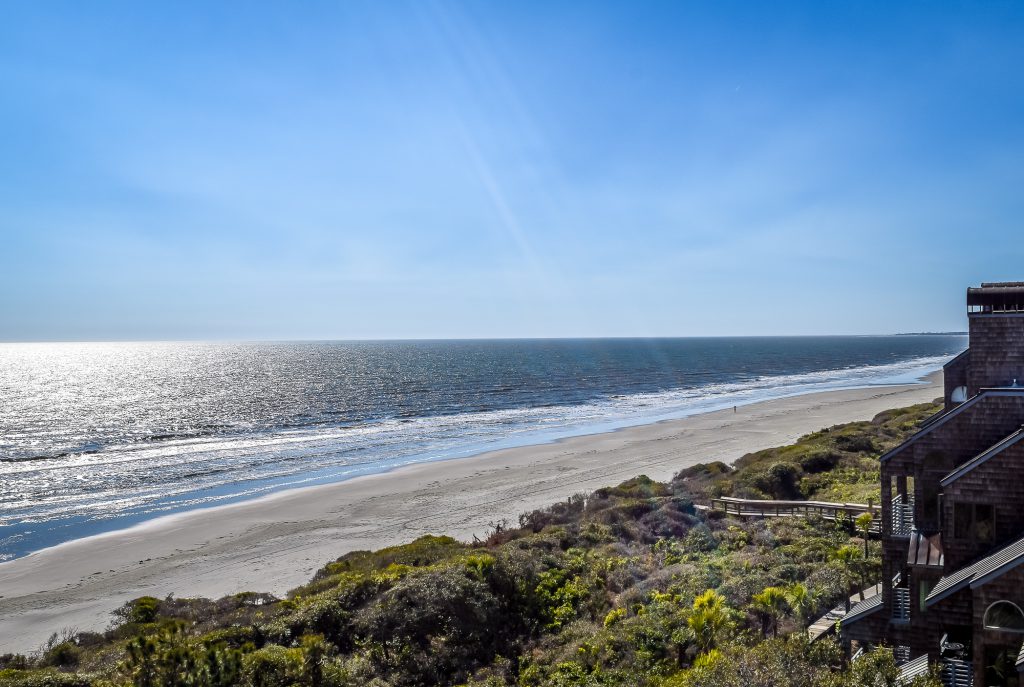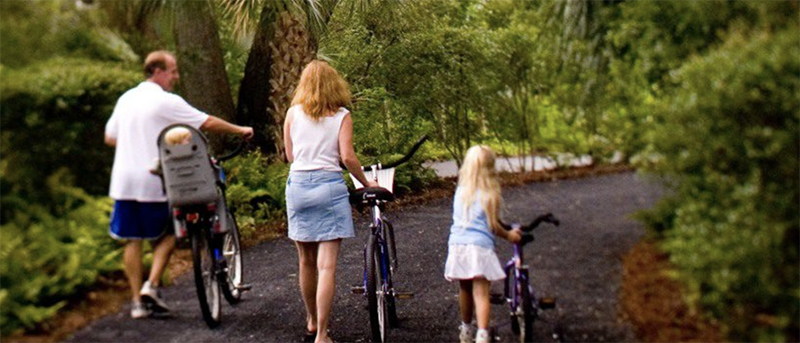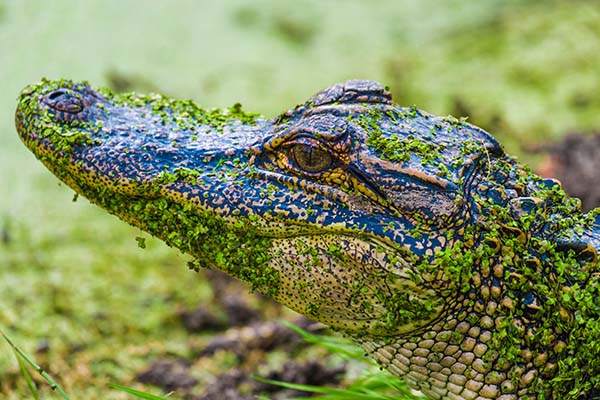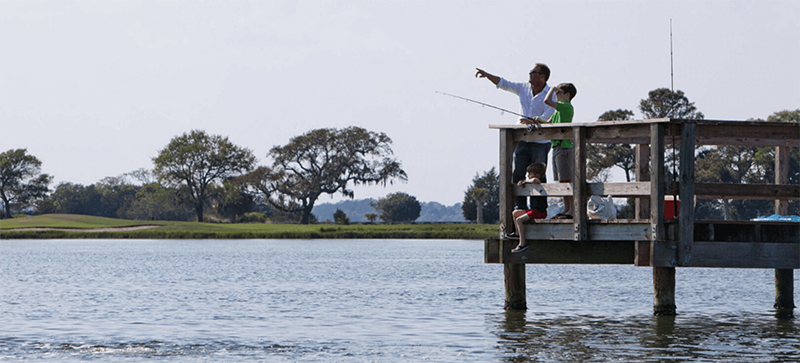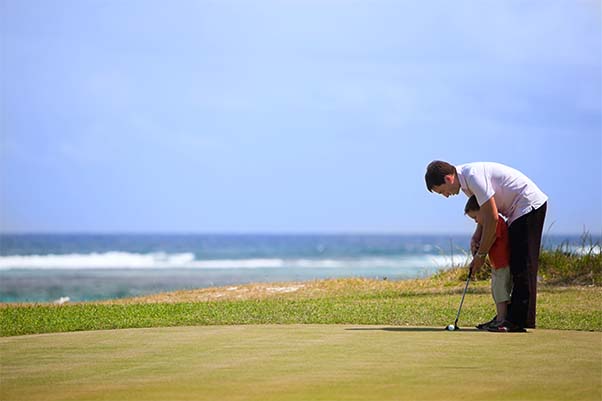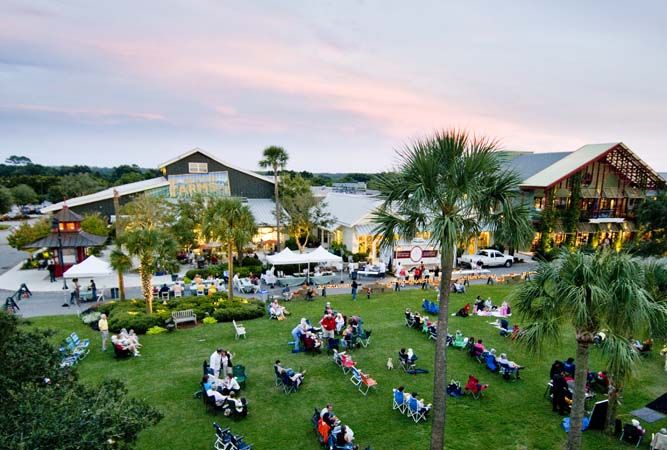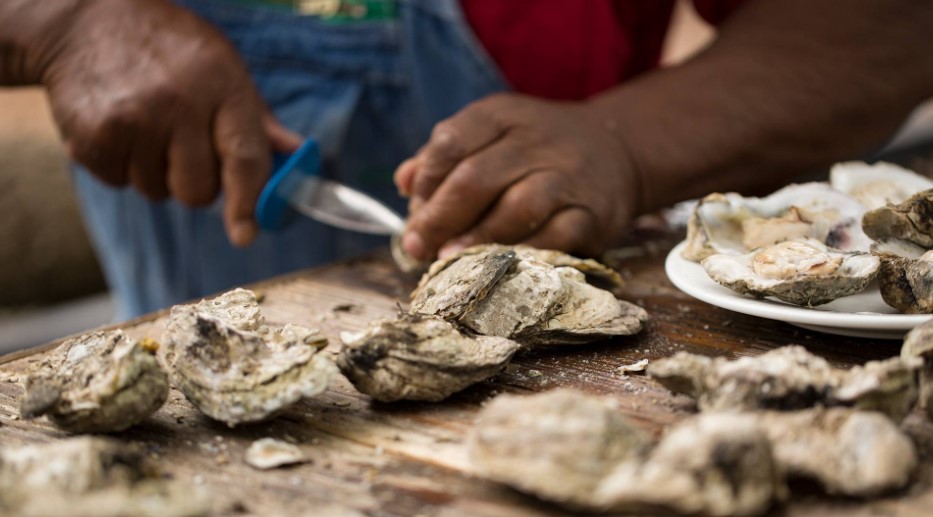Kiawah Island is known as a top destination for luxury living in harmony with nature. Our beautiful barrier island encompasses 10,000 acres of lush Lowcountry landscapes and over ten miles of pristine Atlantic coastline. This region boasts a lush diversity of well preserved habitats and intricate ecosystems, perfect for wildlife to flourish and thrive.
Kiawah Island happens to be one of America’s most vital nesting grounds for the endangered Loggerhead Sea Turtle. These adorable creatures return to these warm Atlantic waters each year to continue the cycle of nesting and hatching on Kiawah Island. Loggerhead Sea Turtles travel and migrate thousands of miles between their current feeding grounds and original nesting areas.
When making their way from the nest to the ocean, sea turtle hatchlings go through a natural process called imprinting, where they form a magnetic mind map that enables them to navigate their way back to the same geomagnetic location as mature adults to return home and nest.
Sea Turtle Season on Kiawah Island
Kiawah Island’s sea turtle season begins in mid-May and continues through October.
The male turtles rarely leave the ocean while the female, guided by the moonlight, swims to shore to dig her nests. The nesting process is exhausting, stressful, and time consuming. This process should be respected, and should never be disturbed!
In the light of the moon, the female drags herself up the beach, uses her hind flippers to dig a hole about 2-3 feet deep, lays around 130 eggs, covers the nest for incubation, and tracks her way back to the ocean. Each female lays an average of 4 to 5 nests each season.
The sea turtle hatching season begins around mid-July.
Interestingly, the temperature of the sand affects the gender of the hatchling – cooler nest temperatures produce males, and warmer temps produce female hatchlings. After an incubation period of approximately 2 months, the baby loggerheads team up to dig their way up through the sand to begin their first journey into the ocean. They will remain in the ocean, traveling around, until they return home again to repeat the nesting cycle on Kiawah Island.
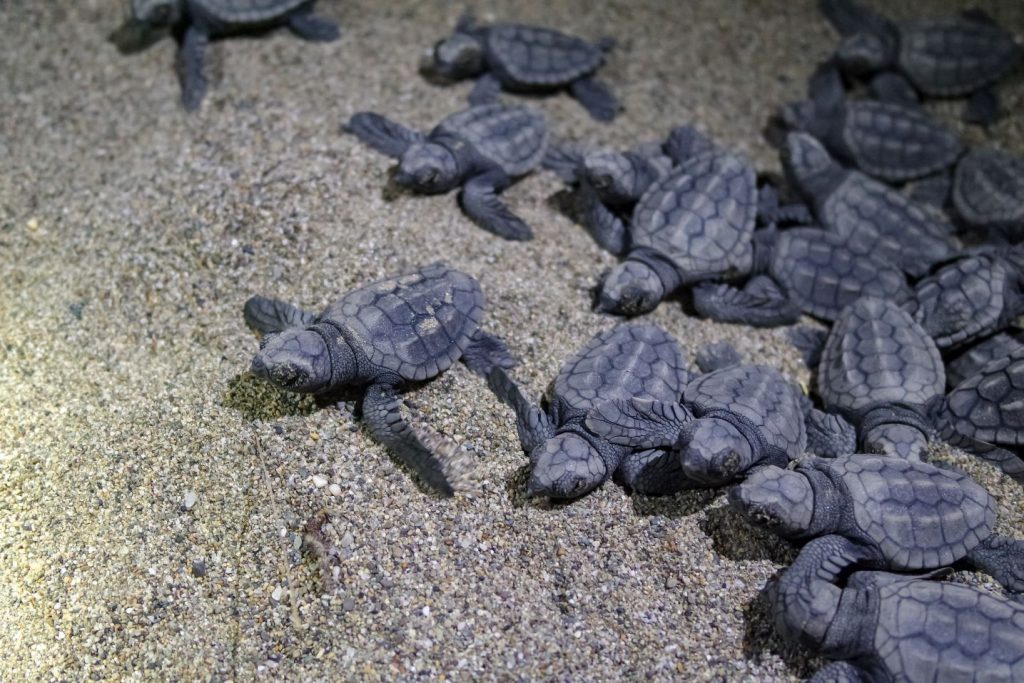
How to Spot a Loggerhead Turtle
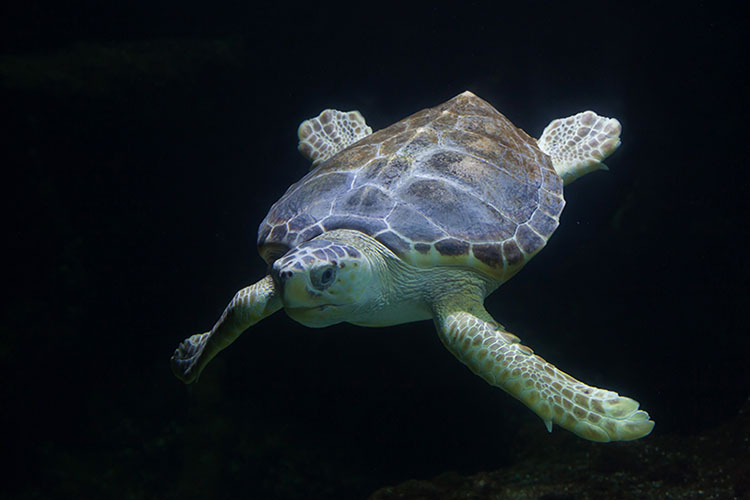
Loggerheads are the most common of the four turtle species found in South Carolina. Their distinctive features are easy to spot, making any novice wildlife viewer an expert in identifying them.
The name “Loggerhead” comes from the sea turtle’s wide block shaped head and powerful jaws that can crush a crab in one bite! They are the largest of the hard-shell turtles, reaching an average of 3-4 feet in length and a massive 300 pounds in weight. They have a reddish-brown hard shell that slightly resembles the shape of a heart, a pale yellow bottom shell, four flippers, and large spots covering their head and flippers.
Where to Spot Loggerhead Turtles on Kiawah Island
The nesting habits of Loggerhead sea turtles align with their strong survival instincts. Most of their time is spent in the coastal waters around Kiawah Island. The males remain in the ocean and the females rarely come to shore except to lay their eggs in the early morning before sunrise or by the light of the moon.
During nesting and hatching season, it’s easy to spot the distinct markings and tracks in the sand and well-marked nest sites in the dune line along Kiawah Island’s 10-mile stretch of beach. For the ultimate sea turtle experience, tag along with the team of volunteers at the Kiawah Island Turtle Patrol.
Kiawah Island Turtle Patrol
The Loggerhead sea turtle is one of seven species of marine turtles still in existence today and remains in constant danger of extinction. In 1978, the loggerhead sea turtle was listed as a threatened species under the US Federal Endangered Species Act and the State Nongame Act.
Established in 1973, Kiawah Island Turtle Patrol is one of the largest turtle patrol volunteer programs in the United States with a goal to protect and preserve the loggerheads that return to Kiawah Island year after year.
Sea turtles and their hatchlings have many natural threats, including the local wildlife on Kiawah Island. It’s a labor of love for the trained volunteers at Turtle Patrol, local Kiawah residents, and many of our guests who return each year to volunteer!
The Turtle Truck patrols the beaches each morning during nesting season to monitor and protect the nests, and hatchling patrols begin in July to watch for activity and protect the emerging hatchlings as they make their way to the ocean. The Kiawah Island Turtle Patrol always welcome volunteers to join their patrols. Don’t be afraid to reach out to see how to you can help, they’re always looking for enthusiastic volunteers.
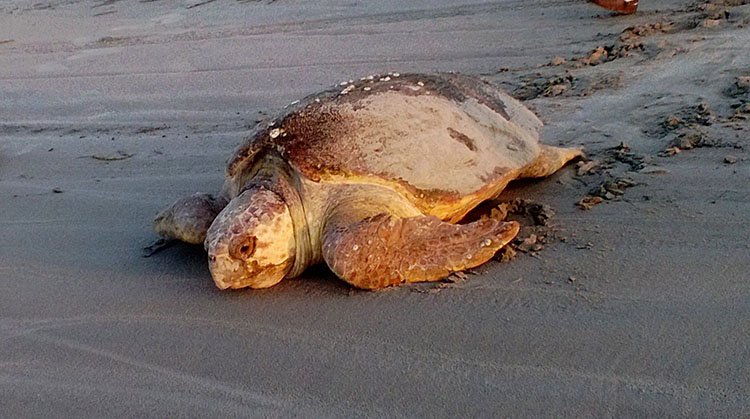
Sea Turtle Care Center
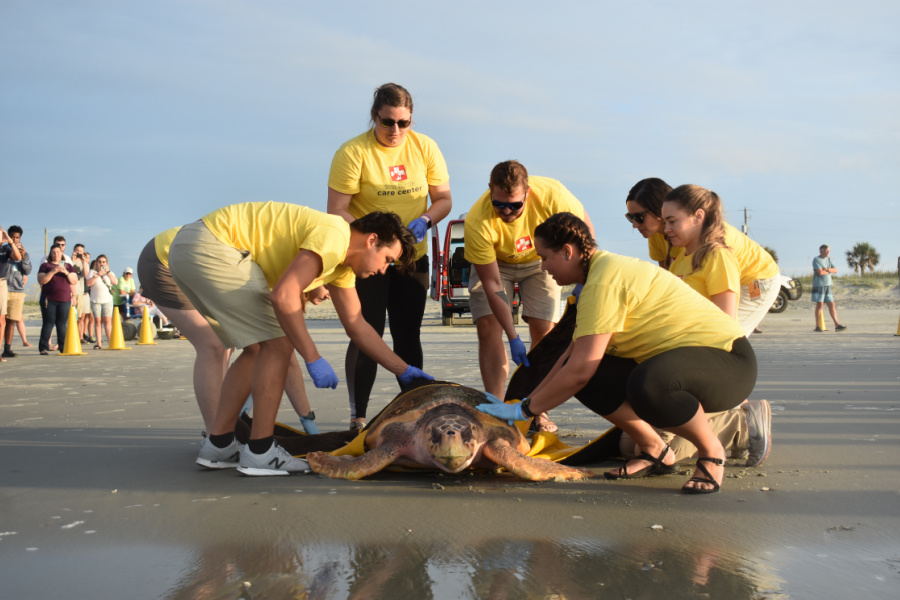
If you’re eager to gain a deeper understanding of the sea turtles of South Carolina, a visit to the Sea Turtle Care Center at the South Carolina Aquarium in historic Charleston is a must-do!
The Sea Turtle Care Center’s mission is to educate and inspire the conservation of sea turtles and aid in the rescue, rehabilitation, and release of these magnificent creatures back into our ocean waters.
Help Keep Our Kiawah Island Turtles Safe
During your stay on Kiawah Island, please help us keep our Kiawah Island sea turtles safe and protected. If you’re lucky enough to encounter a sea turtle, simply stay away, observe from a distance, and report any unmarked nests, emerging hatchlings, or injured sea turtles to the Kiawah Island Turtle Patrol at (843) 768-9166.
Stay Off the Dunes: It is against the law to walk or bike on the sand dunes, remove any vegetation, and touch or disturb sea turtles, their nests, or baby hatchlings. The result is a hefty fine!
Do Not Dig: Avoid digging holes or building sandcastles on the beach as you may uncover a nesting site or trap hatchlings on their way to the ocean.
Switch Off Lights: Sea turtles are guided by the moonlight and artificial lighting can disturb and disorientate the nesting turtles and their hatchlings. Do not use flashlights, lanterns, or flash photography on the beaches, and during sea turtle season all lights visible from the beach must be turned off between 9 PM and dawn.
Keep Pets Leashed: Kiawah Island’s beaches are pet-friendly, but your beloved pets are also predators of our local wildlife. Please keep your pets leashed if you encounter sea turtles or any wildlife during your adventures on the island.
Leave Only Footprints: The beaches on Kiawah Island are a protected habitat for an abundance of birdlife, wildlife, and marine life. PLEASE leave only footprints behind!
Stay With Kiawah Exclusives
The best place for watching sea turtles and hatchlings on Kiawah Island is only a click away with Kiawah Exclusives. We represent an exclusive collection of the finest oceanfront rentals on Kiawah Island with luxury amenities, sweeping views of the Atlantic Ocean, boardwalks to the beach, and only steps to the ultimate dolphin watching and Loggerhead sea turtle experiences on Kiawah Island.
From oceanfront villas for two to luxurious Lowcountry plantation homes equipped for large groups, you’ll find a place to stay along with exceptional guest services and warm southern hospitality with Kiawah Exclusives. Book direct online or give our team a call at (843) 768-0273 today!



